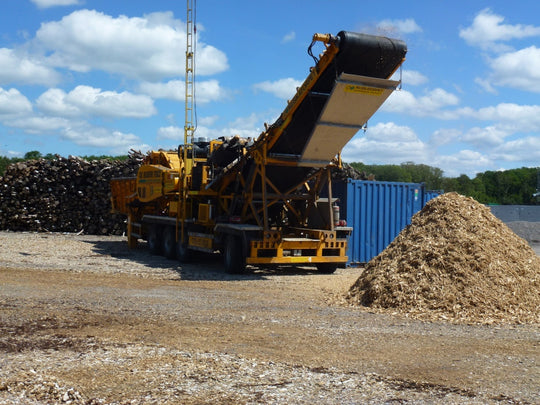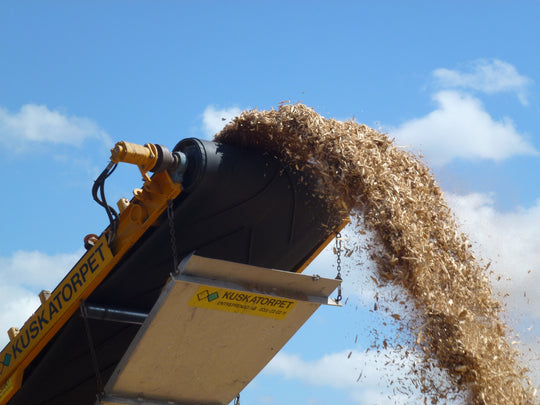The Role of Construction Recycling in Halmstad's Green Future
The Role of Construction Recycling in Halmstad's Green Future
Blog Article
Structure waste has historically been among the biggest contributors to environmental pollution. Materials such as concrete, asphalt, timber, and materials often end up in landfills, resulting in reference depletion and environmental degradation. However, Halmstad has appeared as a leader in addressing this significant challenge by leveraging innovative construction recycling halmstad (byggåtervinning halmstad) systems that try to change just how structure waste is managed.
Recycling Construction Spend: The Contemporary Approach
Halmstad's drive toward sustainable structure techniques has brought middle point in recent years. Sophisticated technologies are being applied to handle the significant waste made by structure activities, promoting both environmental advantages and source efficiency.

One major advancement could be the rise of AI-driven selecting systems, making a more structured method for separating components like cement, wood, and metals. These high-tech techniques utilize devices and device learning formulas to recognize recyclable resources with remarkable precision, reducing contamination degrees and raising recycling rates significantly.
Yet another significant creativity is portable recycling items, which bring spend handling features straight to construction sites. These lightweight programs let resources to be grouped, smashed, and prepared on-site, removing the need for waste transport and minimizing CO2 emissions.
Round Economy in Activity
Central to Halmstad's success is its commitment to creating a circular economy in the construction industry. Traditional waste management methods often involve linear processes, wherever resources are extracted following a single-use cycle. Nevertheless, with recycling engineering breakthroughs and greater resource recovery strategies, several methods after regarded waste are now being reintegrated as organic materials for new construction projects.
For instance, concrete waste is significantly being prepared in to aggregates which can be used in path construction or foundational layers of new buildings. Furthermore, reclaimed wood from demolition internet sites is being treated and repurposed for furniture making or structural reintegration. Metals, which are generally energy-intensive and costly to extract, are now being channelled back to manufacturing cycles without losing their properties.

The Path Forward
While Halmstad's achievements mark significant development, the trail to completely sustainable structure waste management stays ongoing. Difficulties such as plan place, community recognition, and climbing of systems still involve attention. But, with continued invention and the adoption of data-driven recycling techniques, Halmstad is setting a benchmark for cities internationally to follow.
Eventually, the advances in waste recycling engineering reveal a broader tendency of sustainability getting integral to both large-scale structure procedures and local downtown development strategies. This development not just reduces environmental hurt but also ensures that sources are utilized more effectively, safeguarding them for potential generations. Report this page